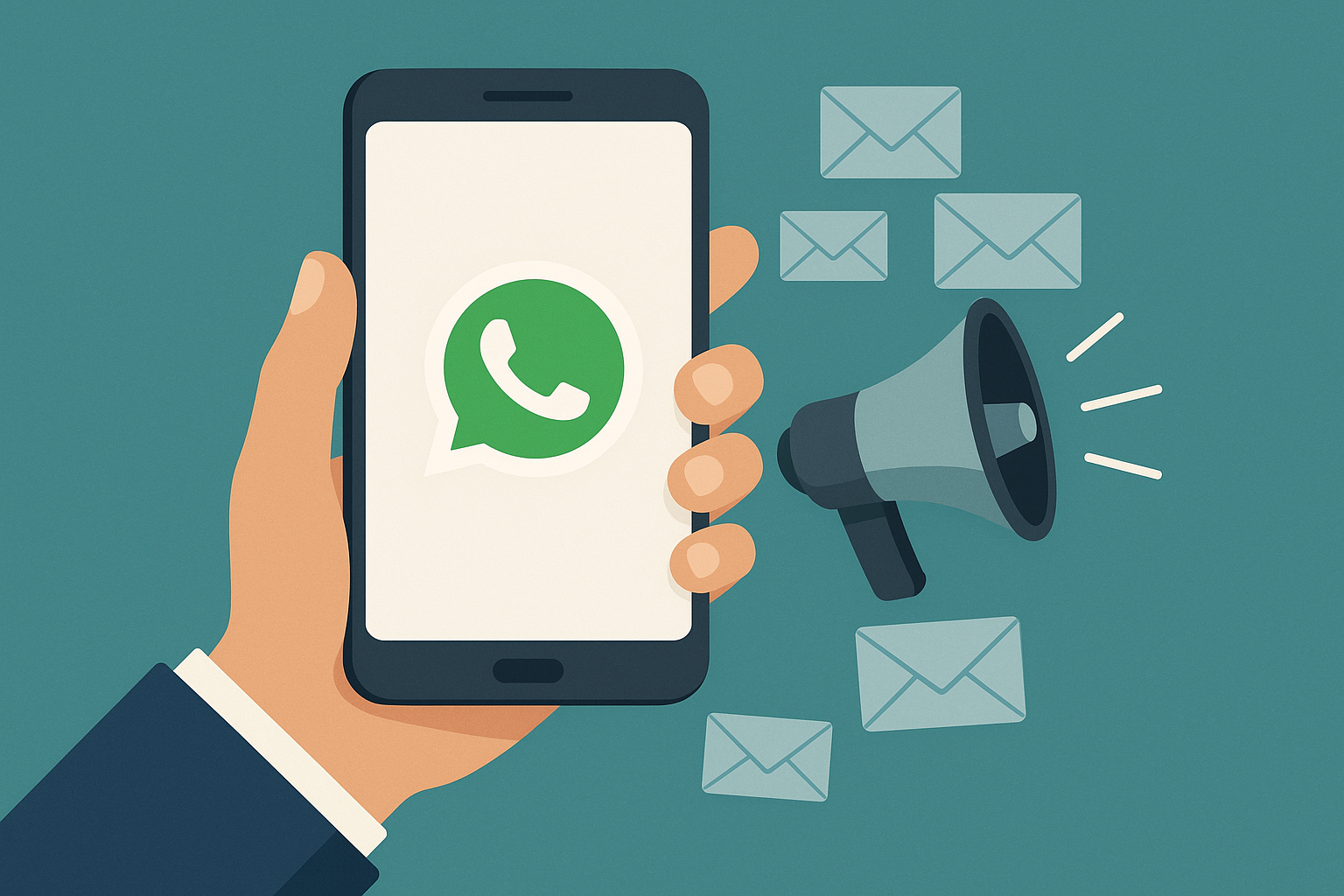We are entering the age of relevance. Find out what Matt Ramerman, president of Sinch Engage, said about the era of the marketing fedeltà si sta concludendo in questo articolo originariamente pubblicato su Target Marketing.
Secondo un recente articolo della Harvard Business Review, l’era della lealtà del marketing è finita. L’opinione, scritta da tre dirigenti senior di Accenture, esplora il marketing come tendenze sequenziali che si sostituiscono a vicenda.
Gli autori credono che ora stiamo entrando in una nuova era di rilevanza. In breve, ogni era è caratterizzata come segue:
- Mass Market (1960s / 1970s) The era of mass production, scale and distribution.
- Segmentazione (anni ’80) Ricerche di consumo più sofisticate hanno consentito ai professionisti del marketing di rivolgersi ai clienti in segmenti di nicchia.
- Technological advances at the customer level (1990s / 2000s) in corporate IT have made it possible to target users under the password customer lifetime value.
- Lealtà (2010) L’età del CRM, incentivi su misura e conservazione avanzata.Ovviamente, è la tecnologia in ciascuna di queste fasi che è il catalizzatore del cambiamento.
- L’era del mercato di massa di Coca-Cola e McDonald è stata resa possibile da automobili, autostrade e il televisore per spot pubblicitari. Allo stesso modo, l’era della lealtà, con ragazzi come Amazon, è stata creata da sofisticati sistemi CRM.
We are now entering an era of relevance:
La comunicazione di massa con il segmento precedentemente irraggiungibile di uno. Nuove tecniche di dati sono sempre più messe in gioco che sfruttano sia i dati espliciti – ciò che è noto su un cliente (nome, acquisti precedenti o tipo di contratto – nel caso degli operatori wireless) sia i dati impliciti – informazioni che possono essere dedotte dal comportamento.
I dati utilizzati in questo modo consentono agli esperti di marketing di rivolgersi agli individui in base al nome, in base alle loro preferenze uniche, mentre – sempre più spesso – l’interazione avviene tramite messaggistica mobile.
Ci sono prove che la pertinenza sta prendendo piede. Secondo l’ultimo sondaggio della società di analisi delle vendite, Periscope By McKinsey, la messaggistica personalizzata avvia un’azione: il 31% dei consumatori è invitato a rispondere ai messaggi sui prodotti relativi ai propri interessi; in particolare, aggiornamenti relativi alla disponibilità e al prezzo del prodotto.
Allora perché così tante aziende sbagliano la lealtà? Per inquadrare ulteriormente la domanda, nell’era della lealtà precedente, l’obiettivo era quello di portare i clienti a un marchio fornendo una ricompensa di qualche tipo, un’offerta di sconto o un servizio fremium. Questa valuta è stata la buona volontà del marchio, che ha creato un rapporto con i consumatori che li ha costretti a tornare.
Tuttavia, i consumatori in realtà non mostrano più fedeltà basata su questi incentivi. Piuttosto, cercano l’offerta migliore per se stessi nel momento del bisogno. Abilitata dalla digitalizzazione di tutto e dalla proliferazione degli smartphone, la spontaneità è la norma.
E con un mercato inondato di offerte e sconti, chi può biasimarli?
La lealtà può essere creata per un breve periodo di tempo, con un cliente che fa acquisti nel tuo negozio un giorno, ma si aspetta che passino a un concorrente la settimana successiva, perché un’offerta diversa fa appello. Per le imprese, questo alla fine diventa una corsa verso il basso, minando la concorrenza ed erodendo i profitti, mentre l’avviamento (lealtà) si dissipa rapidamente come è stato creato.
Un errore comune è che i marchi e le imprese usano la lealtà come tattica a breve termine, piuttosto che come obiettivo strategico. La lealtà è ovviamente importante, ma è la meccanica di ogni dato programma che deve cambiare. Ciò significa esaminare attentamente il percorso del cliente e identificare le opportunità per offrire esperienze straordinarie che parlano direttamente alle preferenze dei singoli clienti nei momenti appropriati di interazione e non solo nella parte superiore della canalizzazione di vendita.
These could include:
Prima di un acquisto: un’offerta basata su qualcosa come il comportamento di abbandono del carrello. Un messaggio personalizzato potrebbe mostrare quel capo (come un’immagine statica o in formato video) e fornire un collegamento in modo che il cliente possa trovare il negozio più vicino o un’opzione per acquistarlo direttamente online.
Dopo un acquisto: ad esempio a bordo di un nuovo cliente che si è recentemente registrato per un servizio. L’obiettivo potrebbe essere un caloroso benvenuto, un riconoscimento di ciò a cui un determinato cliente ha aderito e un certo orientamento sui passi successivi.
As part of the ongoing customer experience:
Ricchi messaggi dinamici che aumentano i metadati noti con dati di terze parti, aggiungendo un ulteriore livello di utilità. Una notifica personalizzata da una compagnia aerea, ad esempio, basata sulle informazioni di volo di un cliente che aggiungono le previsioni meteorologiche della posizione di destinazione.
In other words, building relevance goes far beyond simply offering personalized rewards, blending the customer experience with a host of other goals like onboard product awareness and upgrade.
È importante sottolineare che più l’interazione è utile per il consumatore, più ha il potenziale per creare lealtà. Gartner chiama questo “aiuto su misura” e l’88% dei partecipanti al suo recente sondaggio tra i consumatori ha dichiarato di non averlo ricevuto; ancora, d’accordo



